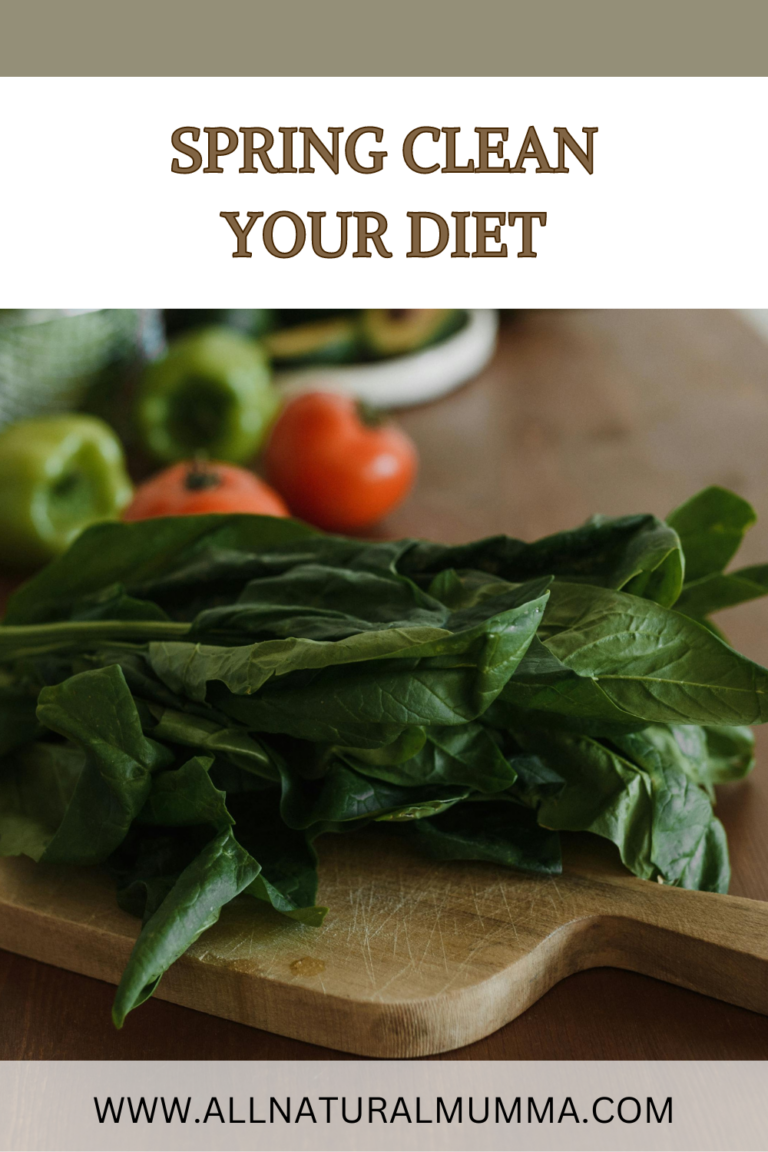Spring is a time of renewal, growth, and fresh beginnings—making it the perfect season to focus on nurturing your health and fertility. If you’re on a fertility journey or simply want to keep your body balanced and strong, spring offers a wealth of natural ways to support your well-being. Let’s chat about some easy, natural tips to boost your health and fertility during this vibrant season!
NOURISH WITH SEASONAL SUPERFOODS
Spring is bursting with fresh produce that’s loaded with fertility-boosting nutrients. Think leafy greens like spinach, kale, and rocket, which are packed with folate, iron, and antioxidants—all important for reproductive health. Add in fresh berries, asparagus, and avocado to your meals for a nutrient-rich, fertility-friendly boost. These foods help regulate hormones, improve egg quality, and support overall reproductive wellness. Plus, they’re delicious!
SPRING CLEAN YOUR HORMONES
Just like we clean our homes, spring is a great time to gently cleanse your body. Try incorporating detoxifying herbs like dandelion or nettle tea, which are known to support liver function and hormone balance. The liver plays a big role in eliminating excess hormones, so giving it some extra love during spring can make a big difference in your fertility. Hydrate well and enjoy these teas as part of your daily routine.
EMBRACE OUTDOOR MOVEMENT
Now that the weather’s warming up, take advantage of the sunshine! Getting outside for a walk, stretch in the park, or even just gardening can boost your mood, reduce stress, and support circulation—all of which are key for fertility. Sunshine also helps your body produce vitamin D, a critical nutrient for reproductive health. Just 15-20 minutes of sun exposure a day can do wonders!
PRACTICE MINDFUL STRESS RELIEF
Spring is all about new beginnings, but if you’re feeling overwhelmed, stress can negatively affect your fertility. Consider adding stress-reduction techniques to your daily routine, like mindfulness meditation, deep breathing, or journaling. These simple practices help keep your nervous system calm, allowing your body to focus on optimal health and fertility.
STAY HYDRATED AND REJUVENATED
Water is essential for everything—from hormone function to egg health. As the days get warmer, make sure you’re staying hydrated. Aim for at least eight glasses of water a day and consider adding hydrating fruits like cucumber and watermelon to your diet. Proper hydration helps your body detox naturally and supports overall reproductive health.
By incorporating these simple, natural practices into your routine, you’re not only nourishing your body but also creating an environment where fertility can thrive. Spring is the perfect time to let go of the old, embrace the new, and nurture yourself with the best nature has to offer. Ready to spring forward into your healthiest, most fertile self? Let’s do this together!











